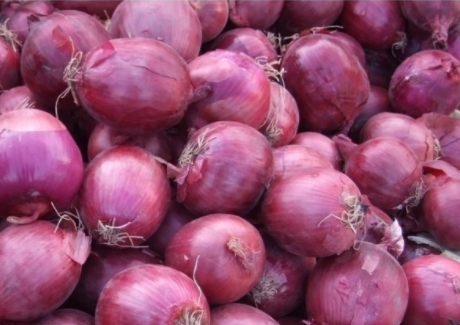食品伙伴网讯:8月5日,欧洲食品安全局(EFSA)在其官方网站发布对活鸡和鸡肉中弯曲杆菌的传播渠道的评价报告,以提高各国对其认识。并从传播途径、时间等方面进行了分析,建议各成员国在养殖和屠宰中给予更严格地隔离,以降低弯曲杆菌的传播风险,详情敬请阅读原文:
EFSA has published an evaluation of factors that may contribute to the spread of Campylobacter in live chickens and chicken carcasses in the European Union. The scientific report follows the publication of the first EU-wide survey carried out by Member States on the occurrence of this bacterium in chickens and their carcasses[1]. The findings will be utilised by risk assessors[2] to further investigate the role of chicken meat in human campylobacteriosis. It will also help inform the definition of possible control options by risk managers at Member States and EU level.
EFSA highlights a series of factors for consideration in designing national Campylobacter control measures or programmes for chickens and chicken meat. EFSA recommends that control programmes be based on an integrated approach that addresses both the chicken farms and the slaughter process. Further studies at national level could also allow better identification of risk factors for Campylobacter infections in each country.
In the report, EFSA states that batches of chickens infected with Campylobacter are 30 times more likely to produce carcasses contaminated with Campylobacter and that infected batches are also more likely to produce carcasses with higher numbers of Campylobacter on them. The report specifies however, that contaminated carcasses could also derive from non-infected batches of chickens, implying possible cross-contamination in the slaughterhouse.
The report notes that the risk of contamination of carcasses with Campylobacter varied significantly between countries and between slaughterhouses within the same country, and so did the quantity of Campylobacter found on the single carcasses. This indicates that some slaughterhouses are more capable of controlling Campylobacter than others.
Other factors were also found to be linked to an increased risk of contamination of carcasses. These are in particular the age of the slaughtered chickens; some specific periods of the year when the chickens are slaughtered - with a contamination peak between July and September; - and the time of the day when carcasses are processed; - with a higher risk of contamination later in the day.
Depopulation or “thinning” practices in chicken flocks also emerged as a factor increasing the likelihood of infection. These practices consist in selecting within a flock a certain number of chickens to be sent to slaughter, while leaving the rest to continue growing. It is believed that during these practices humans or other vectors may introduce Campylobacter and infect the remaining chickens.
Notes to editors
In the European Union, campylobacteriosis is the most frequently reported food-borne illness in humans[3]. Poultry meat appears to be a major, if not the largest, source of Campylobacter infection in humans, according to a recent opinion of EFSA's Biological Hazards (BIOHAZ) Panel[4] . The risk for human health arises from consumption of under cooked meat or cross-contamination between foods. Safe handling of raw meat, thorough cooking and good kitchen hygiene can prevent or reduce the risk posed by contaminated chicken meat.
The report published today by EFSA's Zoonoses Data Collection Unit focuses specifically on contamination of chickens with Campylobacter in the early stages of the food chain: that is at the beginning and at the end of the slaughter line, when the chickens arrive at the slaughterhouse and when their carcasses are chilled after slaughtering. The findings will complement the other information available on the subject, such as epidemiological studies on Campylobacter in chickens.
The findings will be utilised by risk assessors such as EFSA's Biological Hazards (BIOHAZ) Panel and also by risk managers at Member States and EU level for the definition of possible control options.
Further Information
Analysis of the baseline survey on the prevalence of Campylobacter in broiler batches and of Campylobacter and Salmonella on broiler carcasses, in the EU - Part B: Analysis of factors associated with Campylobacter-colonisation of broiler batches and with Campylobacter-contamination of broiler carcasses; and investigation of the culture methods diagnostic characteristics used to analyse the broiler carcass samples
Analysis of the baseline survey on the prevalence of Campylobacter in broiler batches and of Campylobacter and Salmonella on broiler carcasses in the EU, 2008 - Part A: Campylobacter and Salmonella prevalence estimates
For more information on food-borne diseases in the EU: Biological Safety of Food
For media enquiries, please contact:
Ian Palombi, Press Officer
Tel: +39 0521 036 149
Email:Press@efsa.europa.eu








